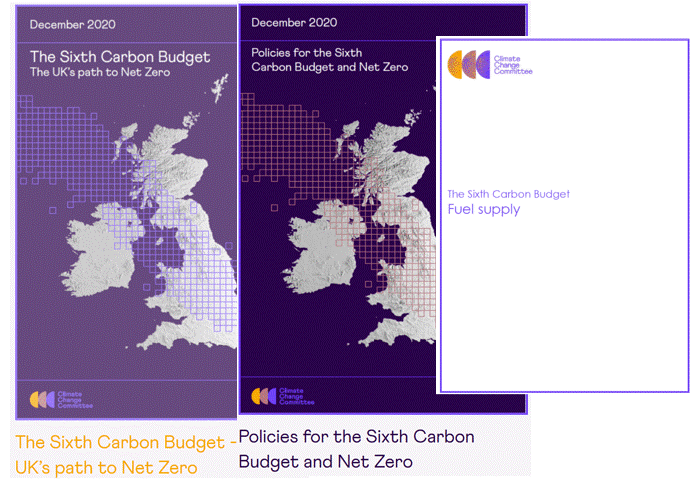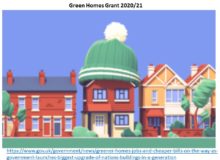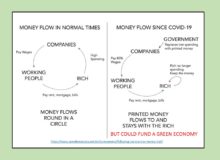London Boroughs only have limited powers to reduce carbon emissions or to improve air quality, despite having obligations to monitor and report on them. For an overview of ‘What is London Doing’ click here and for ‘What is happening under the Mayor’s control’ click here.
Borough Climate Change obligations – each London Borough is charged with including CO2 targets in their plans at Ch 5: London’s Response to Climate Change at policy 5.1 “It is expected that the GLA Group, London boroughs and other organisations will contribute to meeting this strategic reduction target, and the GLA will monitor progress towards its achievement annually.”
Borough Air Pollution obligations – the draft London Local Air Quality Management Policy Guidance 2016 (LLAQM.PG (16)) (para 5.01)) covers requirements for London Boroughs to monitor, assess and report on air pollution and detailed rules about reporting on Air Quality Management Areas.
But, essentially London Boroughs rely on central regulation and centrally dispersed funds for schemes to make progress. Regulation is in the form of The London Plan. The main schemes from the Mayor of London and from other bodies are:
At the Borough and Neighbourhood level there are different schemes, essentially trialing ways to reduce carbon and air pollution in London. For instance Camden has just published a Camden Clean Air Action Plan 2016-2018 with a raft of measures within their powers including using parking charges to discourage diesel cars and enforcing anti-idling policies.
Below are the main activities underway – showing that some boroughs seem to be actively doing all they can to tackle carbon reduction and air pollution while some don’t appear to be doing much. Note: the acronyms used below such as MAQF, refer to the schemes explained in the green strip boxes above.
Encouraging more Walking and Cycling
At the pre election Green Alliance hustings that can be listened to here Sadiq Khan promised support for cycling such as planning for storage, hire, & flyovers for cycles. Soon after the election TfL announced a consultation for a new Cycle Superhighway (route 11) from Swiss Cottage to Portland Place.

(photo credit tejvan_pettinger)
- In HACKNEY, ISLINGTON and TOWER HAMLETS – the City Fringe proposal includes an emphasis on walking and cycling with improved pavements and cycle routes. LENS scheme
- In GREENWICH – the Town Centre and Trafalgar Road proposal includes an incentive scheme to encourage walking and cycling and an extensive series of mini parks throughout the area. LENS scheme
- A variety of infrastructure and communication projects to enhance walking and cycling, and reduce lorry movements are part of MAQF round 2:, including:
- In ENFIELD, KINGSTON and WALTHAM FOREST TfL seek to “encourage more people to cycle, more safely and more often while providing better streets and places for everyone. The programme will specifically target people who make short car journeys in outer London that could be cycled easily instead.“ as part of the Mini-Holland programme .
Encouraging Clean Deliveries
LaMiLo (last mile logistics) was an EU project trialling “a step change in freight deliveries by fully considering the ‘last mile’ of a supply chain when planning a freight logistics journey” and completed in Sept 2015. At the pre election Green Alliance hustings that can be listened to here Sadiq Khan promised to support and expand consolidation centres aimed at streamlining deliveries and reducing the use of delivery vehicles. For deliveries of small items the use of ‘cargo bikes’ can speed up delivery, avoid parking fines and congestion charges and again reduce the use of delivery vehicles. Where larger vehicles are needed electric vehicles, such as from Gnewt Cargo can be the clean solution.
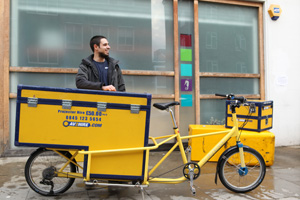
- CAMDEN hosted the LaMiLo project for Council suppliers, working with ENFIELD, WALTHAM FOREST and ISLINGTON councils, and has further funding from the DfT scheme.
- In BRENTFORD there is a free cargo bike hire scheme to promote their use. Similar schemes have also been launched by councils in LAMBETH, CAMDEN, HACKNEY and REDBRIDGE.
(photo an 8freight case study of Av2hire delivering.
- In WALTHAM FOREST a green courier service has been set up providing a same day delivery service using cargo bikes and electric vehicles. MAQF round 2.
- In WESTMINSTER – the Marylebone Low Emission Neighbourhood includes an electric vehicle delivery scheme in conjunction with UPS consolidating freight delivery to cut down on vehicles on the road. LENS scheme.
- CROYDON AND SUTTON are planning to introduce a freight consolidation centre and to test ‘virtual parking’ and RICHMOND intends to introduce neighbourhood delivery and servicing. DfT scheme.
- HEATHROW AIRPORT is planning a ‘proof of concept’ pilot to trial electric HGVs. DfT scheme.
Roads with Clean Air
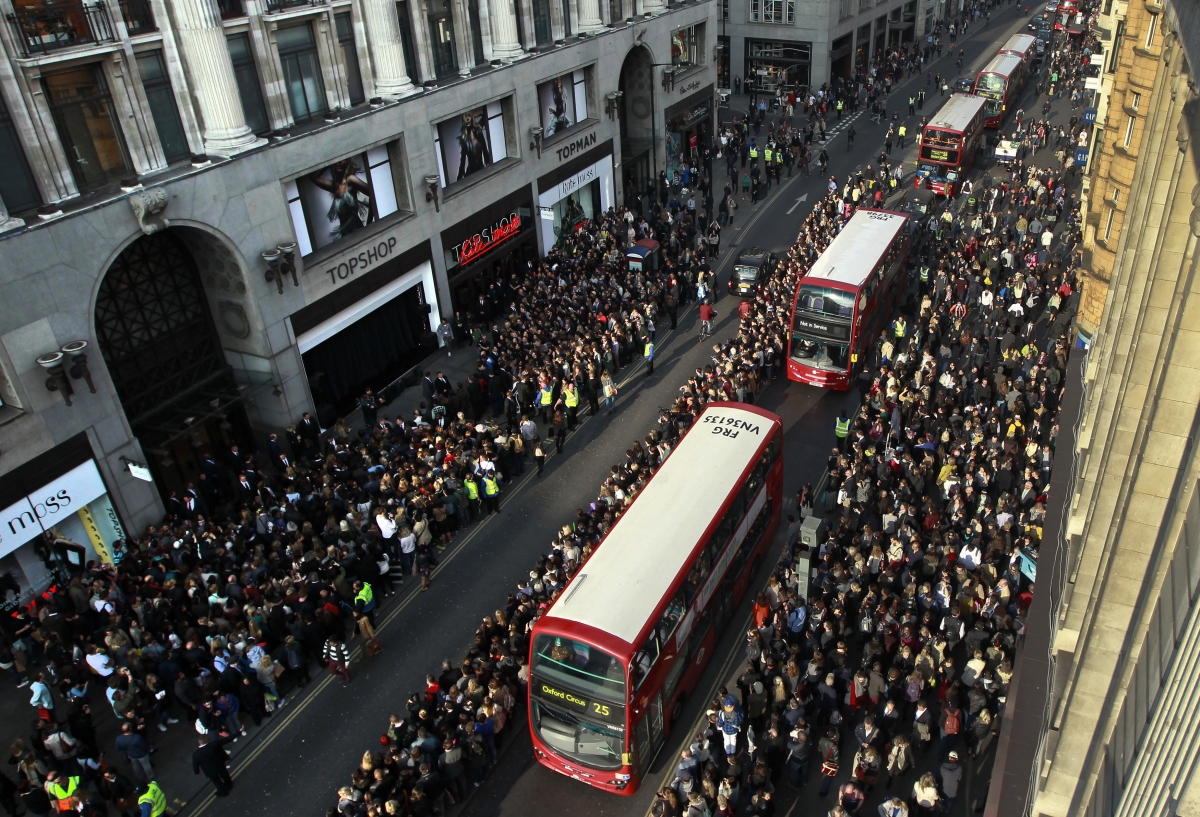 At the pre election Green Alliance hustings that can be listened to here Sadiq Khan promised to pedestrianize Oxford St (300 buses per hour at present), require bike spaces for hospitals, extend “walking to school” routes, TfL “walking champions”, have more Green Corridors, expand King’s Cross type areas and support more quiet ways. In Aug 2016 the LEBZ scheme was announced.
At the pre election Green Alliance hustings that can be listened to here Sadiq Khan promised to pedestrianize Oxford St (300 buses per hour at present), require bike spaces for hospitals, extend “walking to school” routes, TfL “walking champions”, have more Green Corridors, expand King’s Cross type areas and support more quiet ways. In Aug 2016 the LEBZ scheme was announced.
- PUTNEY High Street, from Feb 2017, will only have hybrid or diesel buses with top-of-the-range anti-pollutant systems that meet or exceed Euro VI emissions standards. The second route – between Brixton and Streatham – will be converted in October 2017. LEBZ scheme.
- In the CITY OF LONDON – the Barbican proposal includes no-idling zones where stationary vehicles must turn off their engines, restricted access to certain streets for all but the cleanest vehicles and green taxi ranks. LENS scheme
- In GREENWICH – the Town Centre and Trafalgar Road Low Emissions Neighbourhood proposal includes a series of car-free days in the town centre. LENS scheme
- In HACKNEY there is an ‘electric streets’ trial to adapt highway infrastructure to cater primarily for electric vehicles. DfT scheme.
- HILLINGDON (Botwell primary), CAMDEN (awareness raising at Argyle school), KENSINGTON and CHELSEA (Oxford Gardens and St Cuthbert with St Matthias Primary) and CITY OF LONDON Corporation ( Sir John Cass) were awarded funds from the Schools clean air zones.
Encouraging Clean Taxis and Private Hire Vehicles
Relying on Taxis instead of personal vehicles does reduce air pollution and carbon emissions, but more so when the Taxis are electric or Hybrid. As well as TfL’s subsidy towards its “target of putting 9,000 zero emissions capable taxis on the capital’s streets by 2020” there are schemes to manage the effects of ‘legacy’ taxis.
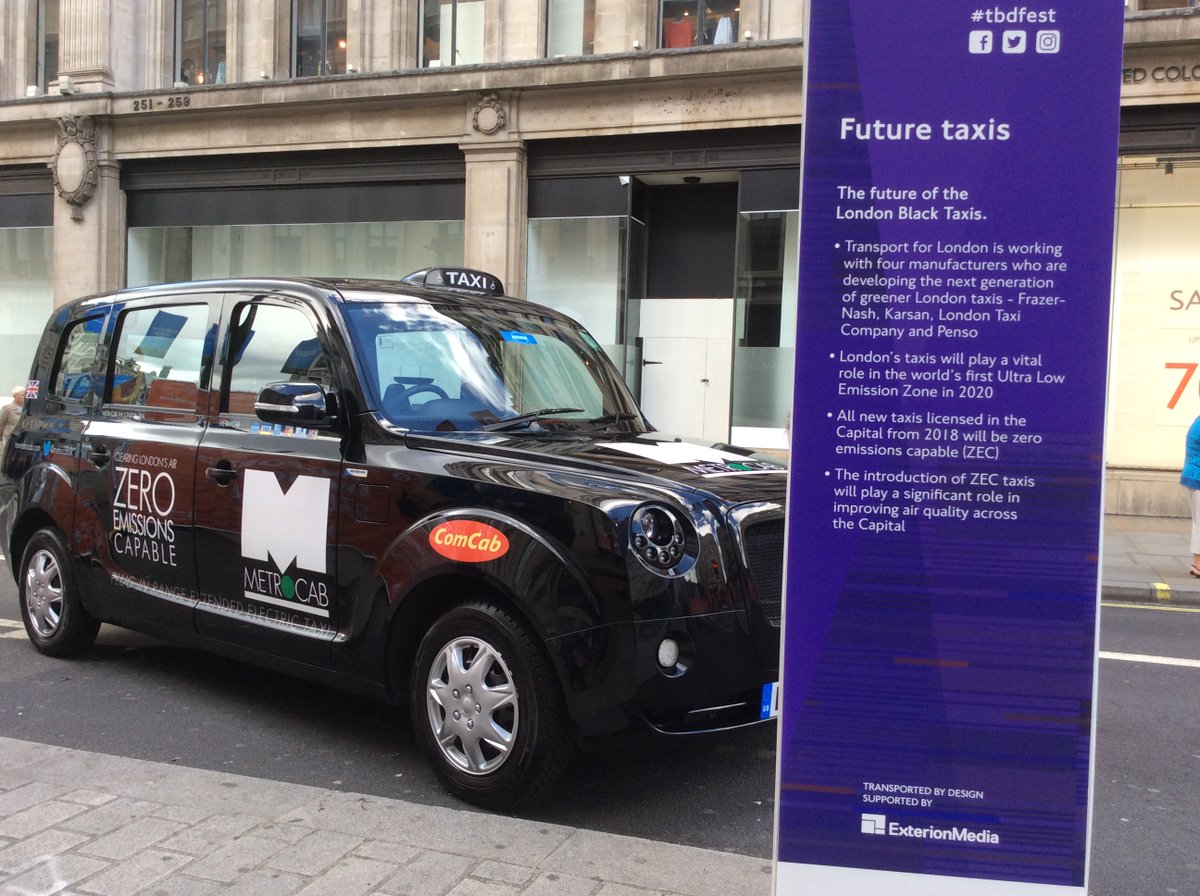
(photo is electric Metrocab unveiled at the Transport by Design festival June 2016)
The Licensed Taxi Drivers Association is working with Clean Air for London to speed up London’s response to Air Pollution. as their “members spend long periods of every day exposed to some of the most polluted air in Europe and would welcome any and every opportunity to clean up what is effectively their office.” They share demands for:
- In the CITY OF LONDON – the Barbican Low Emission Neighbourhood proposal includes restricted access to certain streets for all but the cleanest vehicles and green taxi ranks. LENS scheme.
- In WESTMINSTER – the Marylebone Low Emission Neighbourhood includes better management of taxi ranks. LENS scheme
- more ranks for taxis
- rapid charging at ranks and specific stands which would allow taxis to be electrically charged within 30 or 40 minutes rather than eight hours;
- more choice for taxi drivers in the vehicles they can buy;
- sound transport policies backed by the real-world testing of vehicle emissions;
- financial mechanisms to support drivers in purchasing new greener taxis e.g. structural funding and no VAT on purchases of ‘green’ taxis
- smog warnings to protect people and reduce traffic when air pollution is at its worst.
- For Private Hire vehicles Uber, in partnership with Nissan and China’s BYD, will offer leasing options for fully-electric cars (BYD E6s and Nissan Leafs) to its drivers, according to Tech Crunch in Aug 2016. These will be in addition to the Toyota Hyrid Prius cars in use by Uber drivers.
Encouraging low carbon, low pollution vehicles
The Ultra Low Emission Capital Go Ultra Low City Scheme Bid to Department of Transport (DfT) predicted that London would have 70,000 Ultra Low Electric Vehicles sold by 2020 and almost quarter of a million by 2025. During the election campaign Sadiq Khan said that he would “Deliver the electric charging infrastructure, in partnership with the private sector, necessary for a major expansion in the use of electric vehicles” in A Greener Cleaner London. Sadiq also supported “Car Clubs as a means of reducing congestion and demand for parking in A Modern and Affordable Transport Network.
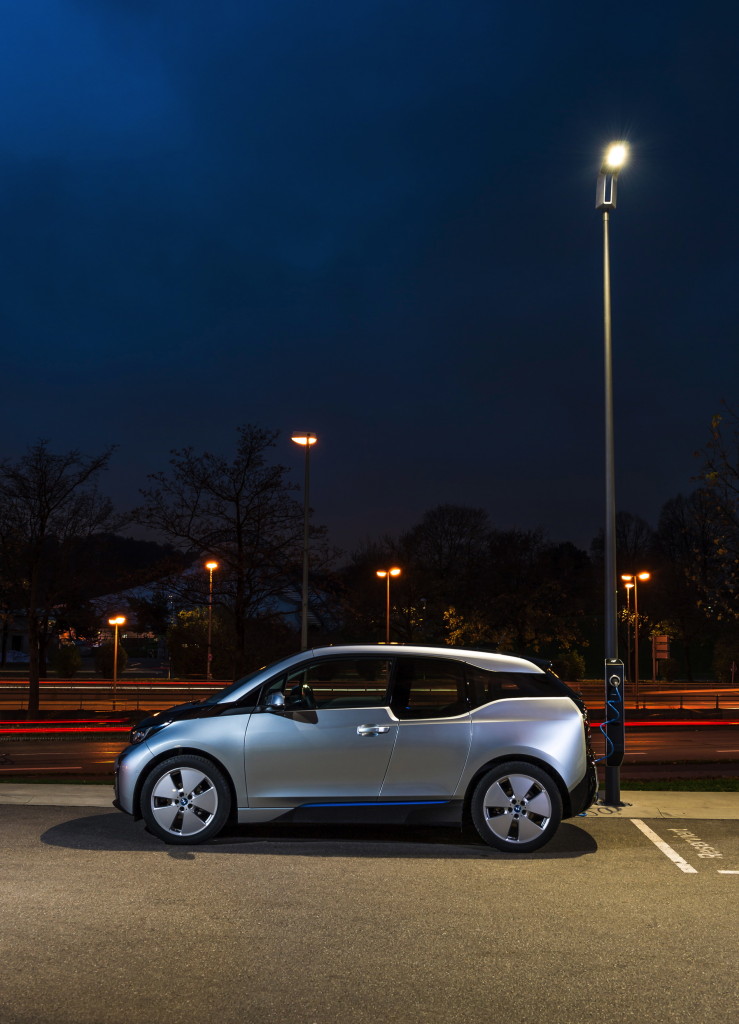
(photo BMW Light and Charge lampost system)
- HOUNSLOW low cost electric vehicle charging points are being fitted onto lamp columns across MAQF round 2
- In HACKNEY the council’s vehicle fleet is being electrified. MAQF round 2
- In HACKNEY, ISLINGTON and TOWER HAMLETS – the City Fringe Low Emissions Neighbourhood proposal includes parking spaces for the sole use of the cleanest vehicles. LENS scheme
- In HACKNEY over a dozen streets are going electric with charging infrastructure such as car-charging street lighting, while Harrow will develop a low emission zone offering parking and traffic priority to owners of plug-in vehicles. DfT
- In the CITY OF LONDON there was an announcement in Aug 2016 that it will end the use of diesel vehicles across its operations (300 vehicles).
Trees and Greening
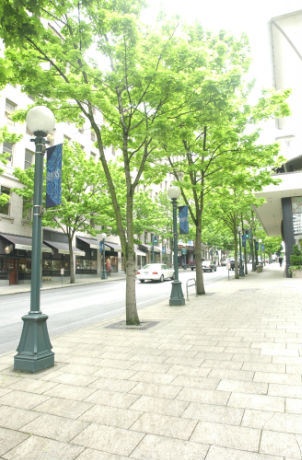
- In HACKNEY, ISLINGTON and TOWER HAMLETS – the City Fringe Low Emissions Neighbourhood proposal includes tree planting. LENS scheme
- In REDBRIDGE and NEWHAM – the Ilford Garden Junction Low Emission Neighbourhood proposal includes a green barrier between the road and pavement to reduce pedestrians’ exposure to fumes, plus other road restrictions. LENS scheme
- In GREENWICH – the Town Centre and Trafalgar Road Low Emissions Neighbourhood proposal includes an extensive series of mini parks throughout the area. LENS scheme.
Prior to being elected Sadiq Khan promised to plant 2million trees, focused on schools, but since then the plans have changed to 5% by 2020 (ie 440,000 trees).
Pollution from Construction Sites
 Construction is a major cause of PM10. It is regulated by Local Authorities and the Mayor of London issued a supplementary planning guidance (SPG) for The Control of Dust and Emissions during Construction and Demolition in July 2014 aiming to “reduce emissions of dust, PM10 and PM2.5 from construction and demolition activities in London. It also aims to control nitrogen oxides (NOx) from these same activities by introducing an Ultra Low Emissions Zone (ULEZ) for non-road mobile machinery.”
Construction is a major cause of PM10. It is regulated by Local Authorities and the Mayor of London issued a supplementary planning guidance (SPG) for The Control of Dust and Emissions during Construction and Demolition in July 2014 aiming to “reduce emissions of dust, PM10 and PM2.5 from construction and demolition activities in London. It also aims to control nitrogen oxides (NOx) from these same activities by introducing an Ultra Low Emissions Zone (ULEZ) for non-road mobile machinery.”
Non-Road mobile machinery (NRMM) is governed by the Department for Transport.
For Non-Road mobile machinery (NRMM) used for construction EU directive 97/68/EC will require all NRMM used on any site within Greater London from Sept 2020 to meet Stage III of the directive as a minimum. NRMM used on any site within the Central Activity Zone or Canary Wharf will be required to meet Stage IV of the directive as a minimum. Read More.
- The ‘Cleaner Air Boroughs‘ of CAMDEN, HAMMERSMITH AND FULHAM, ISLINGTON, LAMBETH, LEWISHAM and WANDSWORTH are working with industry partners and King’s College London on the continuing the London Low Emission Construction Partnership (LLECP) to assess and advise on the construction industry’s impact on air quality. It is a partnership within the MAQF round 2 scheme
- Save Camden from HS2says that HS2 “has no strategy whatsoever for preventing the air pollution its thousands of daily lorry movements will cause. This increase in pollution, deliberately caused by HS2 and in flagrant breach of Directive 2008/50/EC (ambient air quality and cleaner air for Europe)
Designing Low Energy Low Pollution into new buildings
London Boroughs produce their own ‘Local Development Frameworks’ (LDFs) and the mayor can only advise that they “should consider the need to develop more detailed policies and proposals based on the sustainable design principles outlined above and those which are outlined in the Mayor’s supplementary planning guidance that are specific to their local circumstances.”
The Mayor produces advisory Supplementary Planning Guidance (SPD) on Sustainable Design and Construction covering
- energy efficient design
- meeting the carbon dioxide reduction targets
- decentralised energy
- how to offset carbon dioxide where the targets set out in the London Plan are not met
- retro-fitting measures
- support for monitoring energy use during occupation
- an introduction to resilience and demand side response
- air quality neutral
- resilience to flooding
- urban greening
- pollution control
- basements policy and developments
- local food growing
Each Local Authority will use this guidance but interpret the need for new buildings to be low carbon, low pollution differently.
Retrofitting with Low Energy low pollution
The London Plan supports the Mayor’s strategies for tackling climate change particularly in relation to the built environment. “The biggest challenge for London is to improve the contribution of the existing building stock (80 per cent of which will be still standing in 2050) to mitigating and adapting to climate change.“
The Plan directs the Boroughs, for instance Ch 5.2 is ‘Minimising carbon dioxide emissions From Oct 2016 all ‘major developments’ (eg above 10 dwellings) will have to achieve 100% less carbon than required by national building regulations, or pay into a Borough Carbon Offsetting Fund for measures such as solar panels. However it is only through co-operation and compliance from the Boroughs that the aims can be achieved.
Between 2012 and 2016 £839m was allocated across the boroughs for ‘Decent Homes’ for their estates – including measures to reduce carbon emissions and indoor air pollution. In Feb 2016 the Mayor announced a Boiler Scrappage scheme of £400 to replace old and inefficient boilers.

- The Mayor’s Consultation on London Air Quality suggested setting up a new boiler scrappage scheme. In Dec 2016 the Mayor announced a £1m Better Boiler Scheme to replace 500 boilers belonging to home owners in receipt of benefits.
- In WESTMINSTER – the Marylebone Low Emission Neighbourhood is working to improve building emissions. LENS scheme
Local Renewable Electricity in London
 Some boroughs, commercial companies and voluntary groups have actively supported the generation of renewable energy in their Borough eg
Some boroughs, commercial companies and voluntary groups have actively supported the generation of renewable energy in their Borough eg
- In ISLINGTON – electricity has been generated at the Bunhill Row Energy Centre since 2012, from Gas (and also provides communal heating -see below).
Photo of ‘ fatberg‘ being cleared from the sewers.
Commercial companies such as Thames Water have pioneered innovative renewable energy systems.
- In NEWHAM – the Becton Sewage Works in Newham will use ‘fatbergs’ from Thames Water sewers from late 2016 to generate renewable power for Thames Water and also renewable heat for National Grid Gas, using 20C technology.
Voluntary Groups such as Repowering London have demonstrated that local communities have the enthusiasm and the capital to invest in renewable energy.
- Repowering London is only one of many London Community Energy Groups who have installed solar panels, but depend on the government Feed In Tariff return for viability.
Switched On London is actively lobbying the Mayor to create the Energy for Londoners programme/company with the scope to introduce Municipal Energy (eg London) to tackle Fuel Poverty, Emissions and Climate Change, boost local economies and build energy democracy.
Heat for London
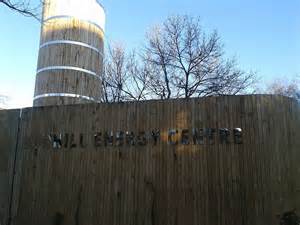 The London Plan includes Ch5.5 Decentralised Energy Networks “The Mayor expects 25 per cent of the heat and power used in London to be generated through the use of localised decentralised energy systems by 2025. In order to achieve this target the Mayor prioritises the development of decentralised heating and cooling networks at the development and area wide levels, including larger scale heat transmission networks.”
The London Plan includes Ch5.5 Decentralised Energy Networks “The Mayor expects 25 per cent of the heat and power used in London to be generated through the use of localised decentralised energy systems by 2025. In order to achieve this target the Mayor prioritises the development of decentralised heating and cooling networks at the development and area wide levels, including larger scale heat transmission networks.”
However this can mainly be achieved only through the Local Authorities. For instance they are advised to “require developers to prioritise connection to existing or planned decentralised energy networks where feasible.”
The Mayor tracks progress through the London Heat Map and published “Secondary Heat Study – London’s Zero Carbon Energy Resource” in April 2013. – concluding that “under forecast market and regulatory conditions, about 38% of London’s heat demand could be met by these sources when distributed via heat networks.”
One initiative that the Mayor is able to influence is through TfL that will be providing heat from the Northern Line tube to extend the local communal heat network at Phase 2 of Islington’s Bunhill Row Energy Centre early in 2017.
Another non LA initiative is the Becton Sewage heat that will be provided to the National Grid Gas late in 2016.
E.on has upgraded the Citigen CHP based at Smithfield and supplying heat and cooling as shown:
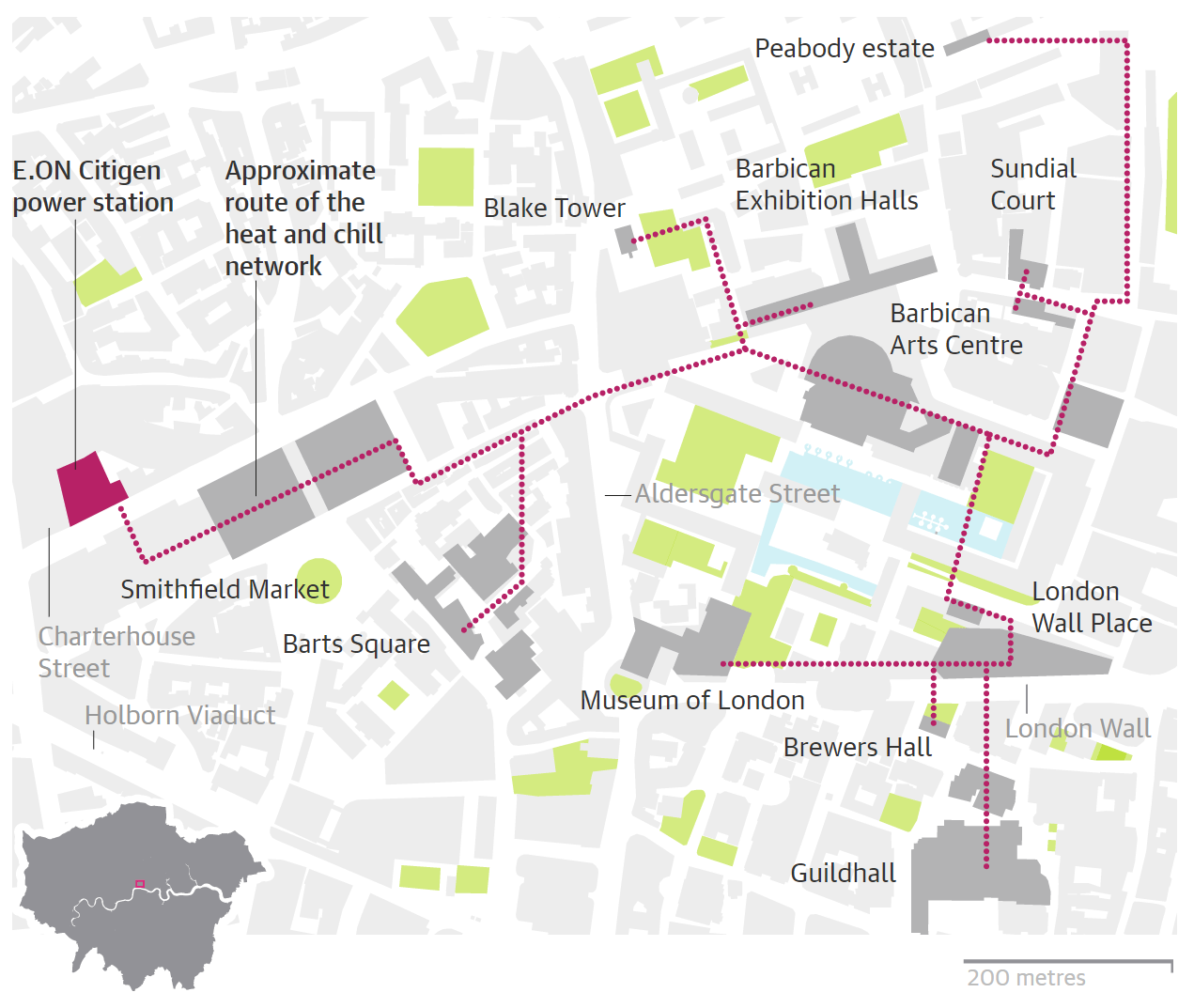 From Guardian 28th July 2017. London’s hidden gas plant which could heat and power the future
From Guardian 28th July 2017. London’s hidden gas plant which could heat and power the future
The article says that this site will now manage the 60 E.ON UK district heating systems. The refurbishment cost £26m, but the cost effectiveness of district heating as a UK carbon reduction mechanism is not discussed. It does say that the government is funding heat networks with £320m over five years and the summary of the scheme explains that half of the domestic residents for that pilot will see bill reductions against the ‘counterfactual heat source’.

